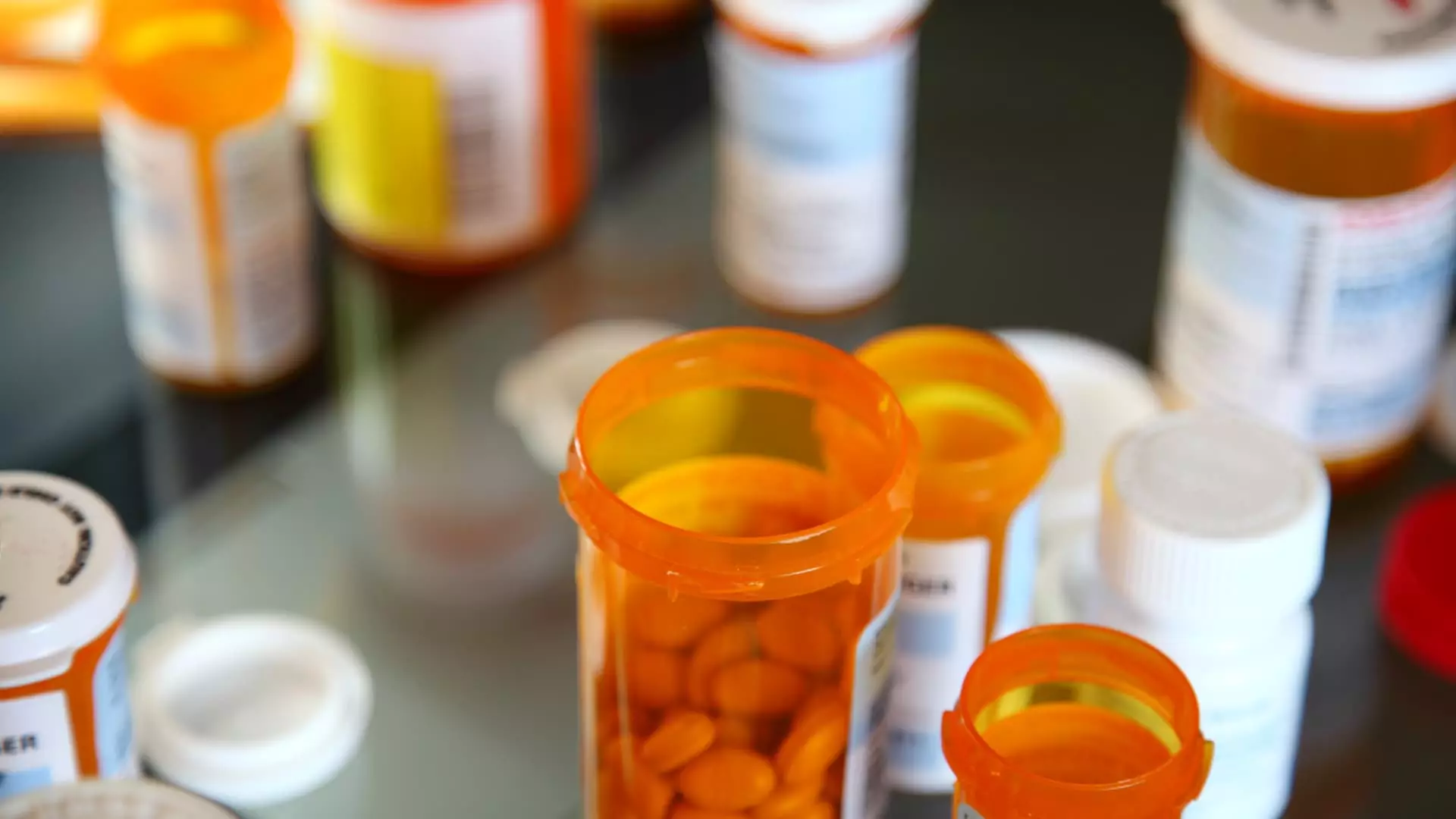The announcement of substantial tariffs by President Donald Trump on imports from Canada, Mexico, and China has raised alarms among healthcare advocates and pharmaceutical stakeholders. The imposing of a 25% tariff on goods from Canada and Mexico, and a 10% tariff on those from China could exacerbate existing drug shortages, inflate healthcare costs, and jeopardize the viability of generic drug manufacturers in the United States. As policymakers evaluate the ramifications of these tariffs, a clear understanding emerges: the imbalance between trade policy and healthcare accessibility could produce dire consequences for American patients.
The tariffs, intended to control the flow of fentanyl and undocumented immigration, will impose economic strain at an already precarious time for the U.S. healthcare system. With drug shortages persisting across the landscape—from essential injectable cancer therapies to common generic medications—these tariffs introduce a new variable that could disrupt supply chains critically reliant on foreign imports. Generic drugs account for about 90% of prescriptions in the U.S., emphasizing how vulnerable the American healthcare system is to international trade dynamics.
The reliance on foreign manufacturers, particularly from China, is significant, as the country is a major supplier of active pharmaceutical ingredients (APIs). These APIs are integral to the effectiveness of both generic and brand-name medications. As the cost of imports rises due to tariffs, the potential for increased prices and decreased availability of these crucial drugs looms large.
Increasing tariffs on pharmaceutical imports threatens to push up healthcare costs for patients. With generic drug manufacturers facing sharply reduced profit margins, many may choose to exit the market entirely. John Murphy, CEO of the Association for Accessible Medicines, highlights a dire prediction: that lifeline generic drugs, which often sell at break-even prices or even at a loss, could be further threatened. With generic sales having decreased significantly in recent years, the stakes are high, especially for patients who rely on these affordable options for their medication.
The potential for worse drug shortages is not merely a rhetorical concern. Estimates suggest that the U.S. healthcare system may see “new and worsened shortages of important medications,” with repercussions cascading down to patients and payers alike, including Medicare and Medicaid beneficiaries. Should key medications become unavailable or unaffordable, patients could find themselves rationing their medications—a problem that is already prevalent in many healthcare settings.
Stakeholders across the pharmaceutical and healthcare sectors, including the Healthcare Distribution Alliance, emphasize that tariffs could disrupt already strained supply chains. Distributors, whose profit margins hover around a meager 0.3%, could find themselves forced to pass increased costs onto the healthcare system—and by extension, onto patients. This scenario poses a stark challenge to the industry, which is already grappling with financial difficulties exacerbated by the ongoing COVID-19 pandemic and an increasingly complex regulatory environment.
The ramifications of these tariffs could extend beyond just medications. Vital medical devices, essential for day-to-day operations in hospitals and clinics, also rely on international supply chains. Manufacturers like Intuitive Surgical have pointed out that relying on imported components for their products means that tariffs could significantly affect their operational costs. The pressure not only threatens availability but also compromises the investments in research and development that foster innovation within the industry.
While the tariffs serve the immediate purpose of addressing trade imbalances, policymakers must consider how these economic measures intersect with healthcare accessibility. Organizations like AdvaMed, representing medical device manufacturers, have urged the administration to exclude medical products from the list of tariffs, suggesting that the overarching goal of fostering a robust healthcare system must take precedence over punitive economic measures.
Moreover, as the U.S. attempts to maintain global leadership in biopharmaceutical innovation, trade policies must align with the objective of safeguarding intellectual property and ensuring fair trade practices. Health advocates caution against allowing tariffs to become an excise tax in practice, as this could ultimately diminish the quality and accessibility of healthcare for American citizens.
The intersection of trade policy and healthcare raises critical questions about the future of access to medications and medical devices in the United States. As the nation faces a complex web of drug shortages and rising healthcare costs, the ramifications of tariffs could redefine the landscape of American healthcare for years to come. Stakeholders must engage actively in dialogue with policymakers to ensure that the health of the citizenry remains the priority amidst these economic shifts.

